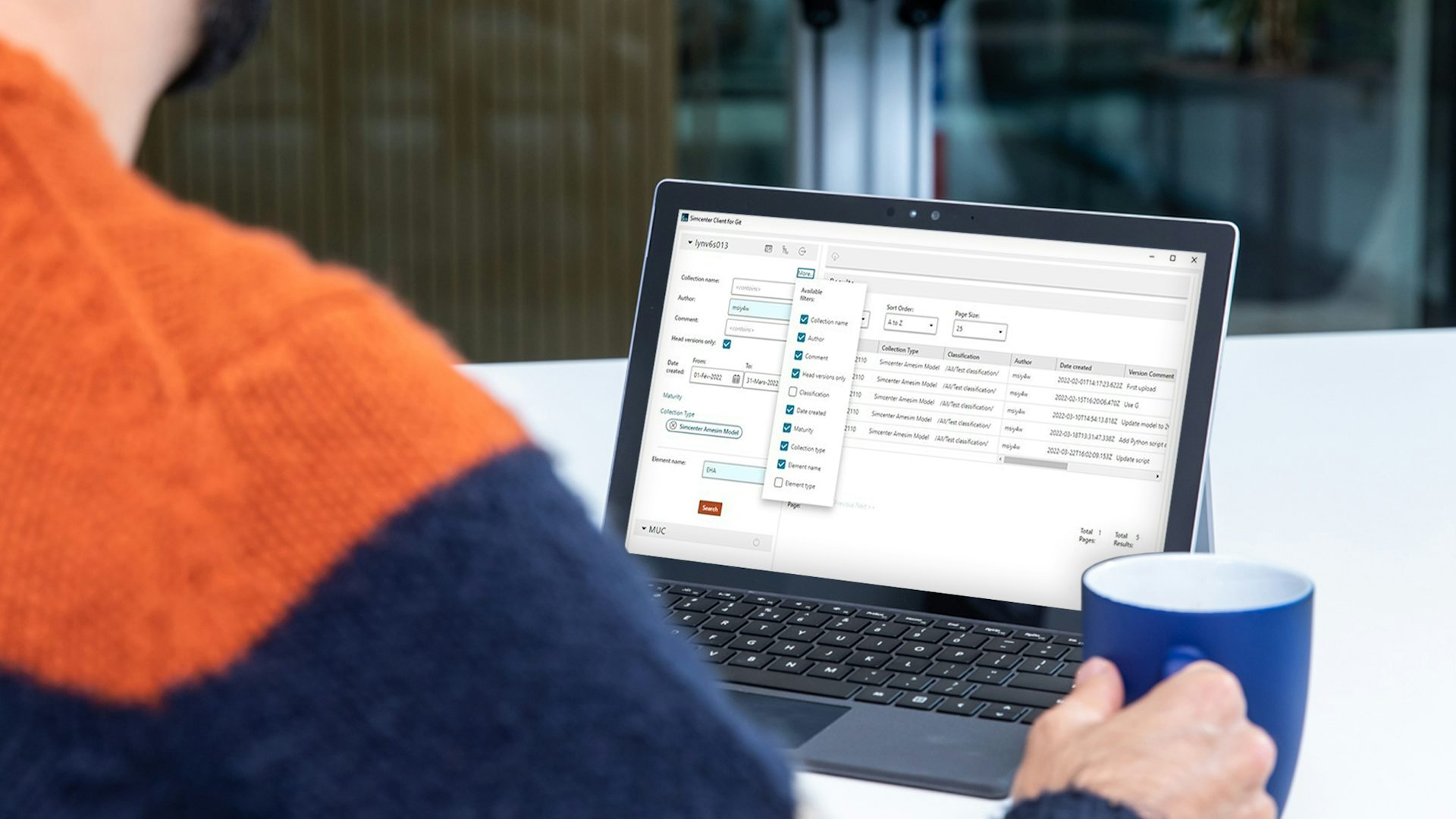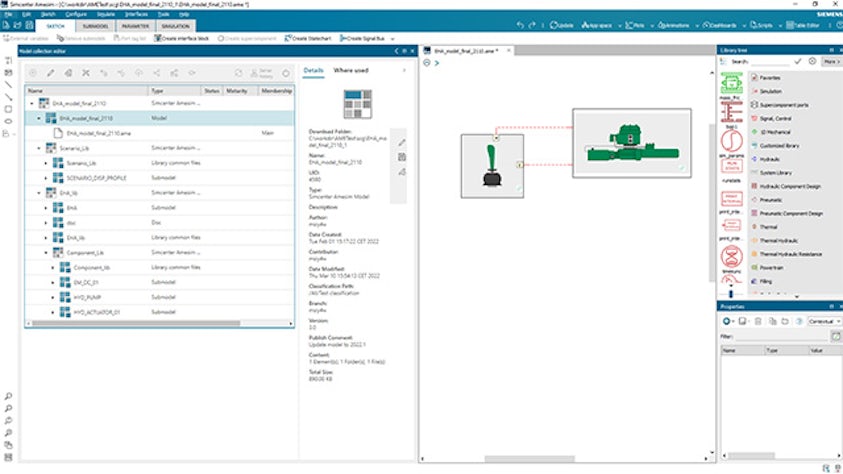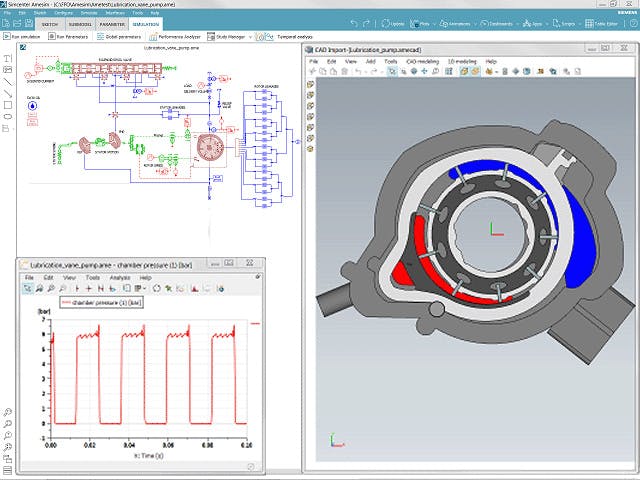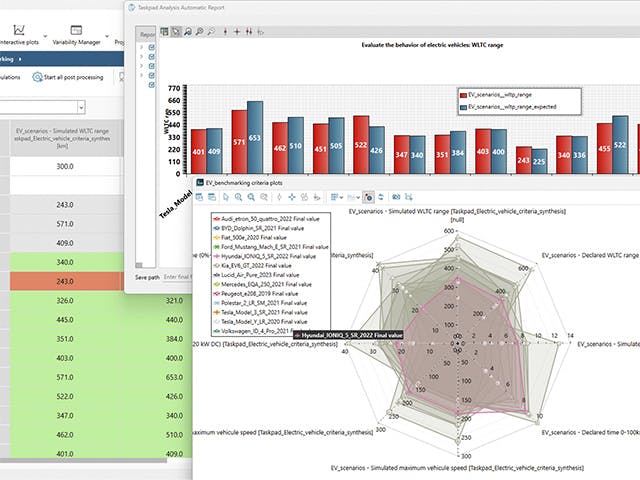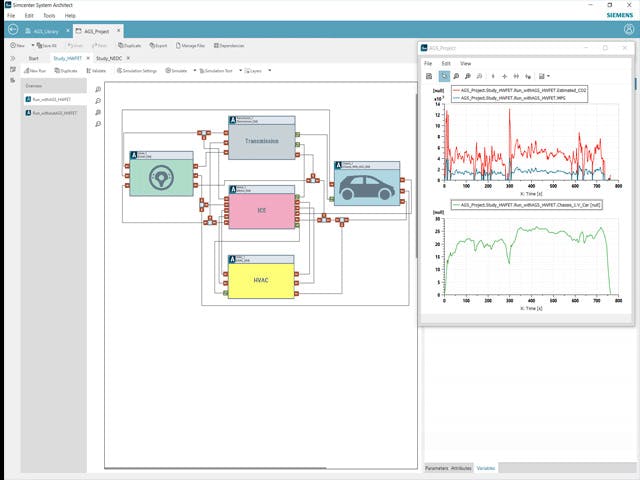Simcenter 시스템 시뮬레이션 소프트웨어 포트폴리오는 신뢰할 수 있고 사용하기 편리한 시스템 시뮬레이션 해석을 생성하는 과정에서 모든 행위자의 즉각적인 요구를 충족하는 전용 솔루션으로 구성되어 있습니다.
이 포트폴리오에는 시스템 시뮬레이션 아키텍처를 생성 및 개선하고, 세부적인 동작 아키텍처를 작성하며, 웹 애플리케이션 또는 다중 속성 밸런싱 환경에서 동작 모델을 사용하는 솔루션이 포함되어 있습니다. 이를 통해 많은 사람들이 동일한 프로젝트에서 효과적으로 작업할 수 있습니다.
Git용 Simcenter 시스템 시뮬레이션 클라이언트 옵션은 시스템 시뮬레이션 커뮤니티의 모든 행위자가 협업할 수 있도록 지원하며 분기, 버전 관리 및 역할 기반 액세스 제어 등 시뮬레이션 자산의 일상적인 관리를 지원합니다.
